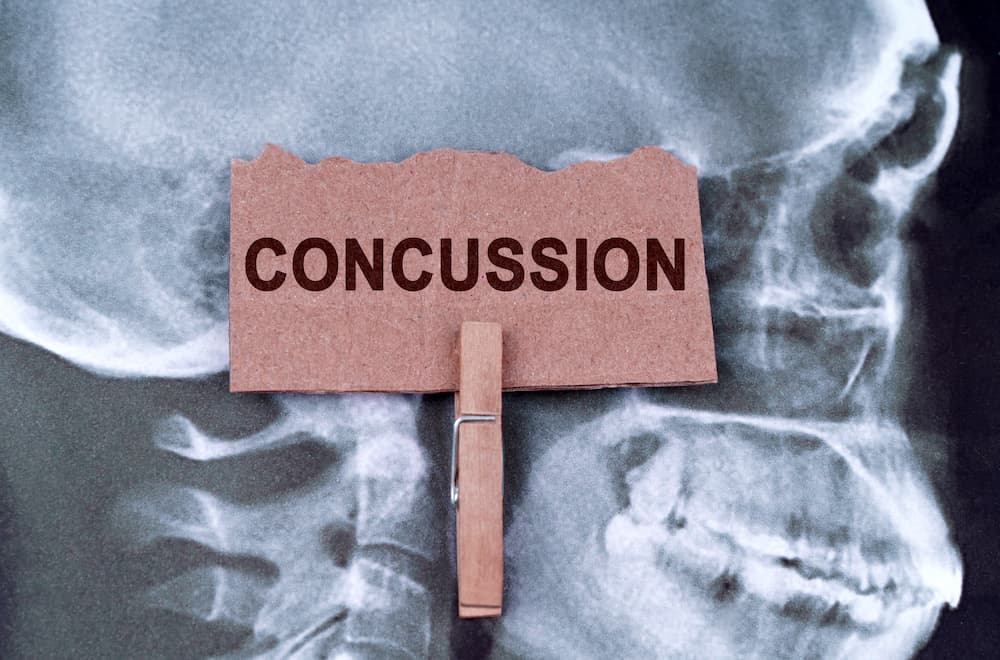Guillain-Barré syndrome (GBS) is a rare but serious autoimmune disorder that affects the peripheral nervous system—the network of nerves outside of the brain and spinal cord. The condition is characterized by rapid-onset muscle weakness and can progress to paralysis if left untreated. Though GBS can affect anyone, it often occurs after infections or in response to triggering events like surgery or vaccinations.
Understanding Guillain-Barré is crucial because, while it’s rare, early detection and treatment can significantly improve outcomes. If you’re asking, “What is Guillain-Barré?” here are five key things to know:
What is Guillain-Barré? 5 Key Things to Know
A Rare Neurological Disorder
Guillain-Barré syndrome (GBS) is a rare autoimmune disorder where the body’s immune system mistakenly attacks the peripheral nervous system. This causes muscle weakness, numbness, and tingling, which can progress to paralysis in severe cases. The syndrome can affect people of all ages, though it’s more common in adults and older individuals.
Caused by Immune System Malfunction
While the exact cause of Guillain-Barré is unknown, it’s often triggered by infections, such as respiratory illnesses or gastrointestinal viruses like the flu or Campylobacter (a common bacterial cause of food poisoning). In rare cases, GBS can follow vaccination or surgery, though these instances are less common. The body’s immune system, which typically fights off infections, mistakenly attacks the body’s nerves.
Symptoms Start with Weakness and Tingling
Guillain-Barré usually starts with weakness or tingling sensations in the legs that can quickly spread to the upper body and arms. These symptoms can intensify, leading to difficulty walking, loss of reflexes, and severe muscle weakness. In severe cases, the disorder can cause paralysis and may impact the muscles used for breathing, making it a medical emergency.
Diagnosis Involves Testing the Nervous System
Diagnosing Guillain-Barré typically requires multiple tests. Physicians may conduct a physical examination to check for symptoms like muscle weakness or abnormal reflexes. Lumbar puncture (spinal tap) is commonly used to test the cerebrospinal fluid for elevated protein levels, which is a common indicator of GBS. Additionally, nerve conduction studies are done to measure how well the nerves transmit signals, helping confirm the diagnosis.
Treatments Aim to Manage Symptoms
While there is no cure for Guillain-Barré, treatments focus on reducing the severity of symptoms and speeding recovery. Immunoglobulin therapy (IVIg) is often administered to help regulate the immune system. Another option is plasmapheresis, a process that filters the blood to remove harmful antibodies attacking the nerves. With treatment, most people recover, though the timeline varies; full recovery can take weeks or months, and some may have lingering effects.
Guillain-Barré is a serious condition, but it is treatable, especially when caught early. In the most severe cases, the disease can cause paralysis, but with proper medical intervention, many patients regain most or all of their motor functions over time. The majority of people affected by Guillain-Barré make a full recovery, although it may take several months, and some may experience ongoing weakness or numbness.
If you or someone you know is experiencing symptoms like unexplained muscle weakness, tingling, or difficulty moving, it’s important to seek medical attention immediately. Early diagnosis and treatment can significantly reduce the risk of long-term complications.





